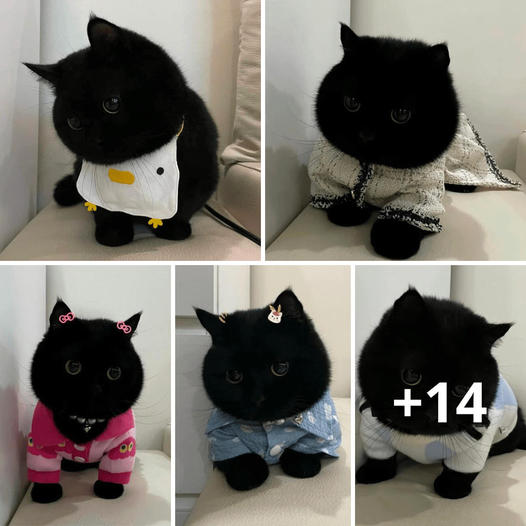The book features Baba, a cat who serves as both the protagonist and narrator. It’s a unique and one-of-a-kind cat chronicle that you won’t find anywhere else.
/https://tf-cmsv2-smithsonianmag-media.s3.amazonaws.com/filer/95/db/95db799b-fddf-4fde-91f3-77024442b92d/egypt_kitty_social.jpg)
In his latest literary work called “A Cat’s Tale,” Paul Koudounaris takes readers on a historical journey of felines with his own pet cat Baba serving as his inspiration. When Koudounaris visited North Central Animal Shelter in 2011, he had no intention of adopting a cat. However, Baba’s green eyes and outstretched paw caught his attention, and he ended up taking her home. Apart from being his beloved companion, Baba became the focus of Koudounaris’ book as he shares thousands of years of feline history – from ancient Egypt to modern times. Koudounaris highlights known and forgotten cats, tracing the journey of Felis catus through time.
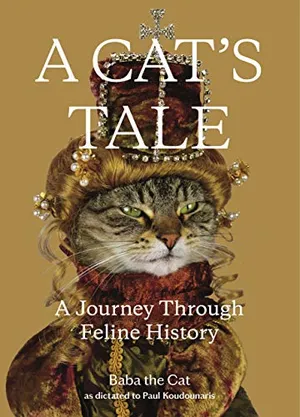
Join Baba the Cat as he takes you on an incredible voyage through the captivating and diverse history of cats. Get ready for an exhilarating experience that sheds light on the authentic nature of these feline creatures, including their courageous moments, profound affections, tragic tales, and selfless deeds. Although you may have had doubts initially, Baba the Cat is determined to demonstrate that the history of cats is a much more significant and meaningful subject than you may have previously imagined.
/https://tf-cmsv2-smithsonianmag-media.s3.amazonaws.com/filer/76/2f/762f428e-d0f8-46a6-bdd0-e88536ba6f3c/roman_ch_3.jpg)
Back in the time of Julius Caesar, Roman soldiers had a clever way to protect their supplies from pests: they used cats. These little felines were considered so important that they traveled with the imperial legions all the way to Britannia. Some Roman armies even went as far as putting pictures of cats on their shields. This interesting nugget of history was revealed by author Paul Koudounaris.
/https://tf-cmsv2-smithsonianmag-media.s3.amazonaws.com/filer/77/0d/770d6ddf-1498-478c-99d7-cf5677a40562/cowboy2_billy_the_kitten_ch_6.jpg)
The companionship between cowboys and their feline friends was popularized by famous writers such as Mark Twain and poet Cy Warman. A unique and distinctive book by Paul Koudounaris, entitled “A Cat’s Tale,” offers a fresh perspective on cats being more than just pets. The book is narrated by a cat named Baba, who shares her perspective on feline history while dressed as historic figures throughout the book. By including the stories of forgotten cats and animals that were left out of history, Koudounaris challenges the notion that history is solely human-centric. The idea for the book arose when Koudounaris was researching pet cemeteries around the world, and he realized he had too many incredible cat tales to include in that project. As a result, he created a book that showcases the rich history of cats, with Baba serving as the main star.
/https://tf-cmsv2-smithsonianmag-media.s3.amazonaws.com/filer/65/97/6597f09c-16da-411a-82c8-4cb4ffa7145c/cardinal_richelieu_ch_5.jpg)
During the reign of Louis XIII in France, Cardinal Richelieu held the position of chief minister. Renowned for his firm and commanding leadership style, he had a fondness for cats and would frequently be found surrounded by a pack of twelve feline friends. It was even reported by one of his chroniclers that the cardinal’s harsh demeanor would dissipate when he was in the company of his cherished meowing companions.
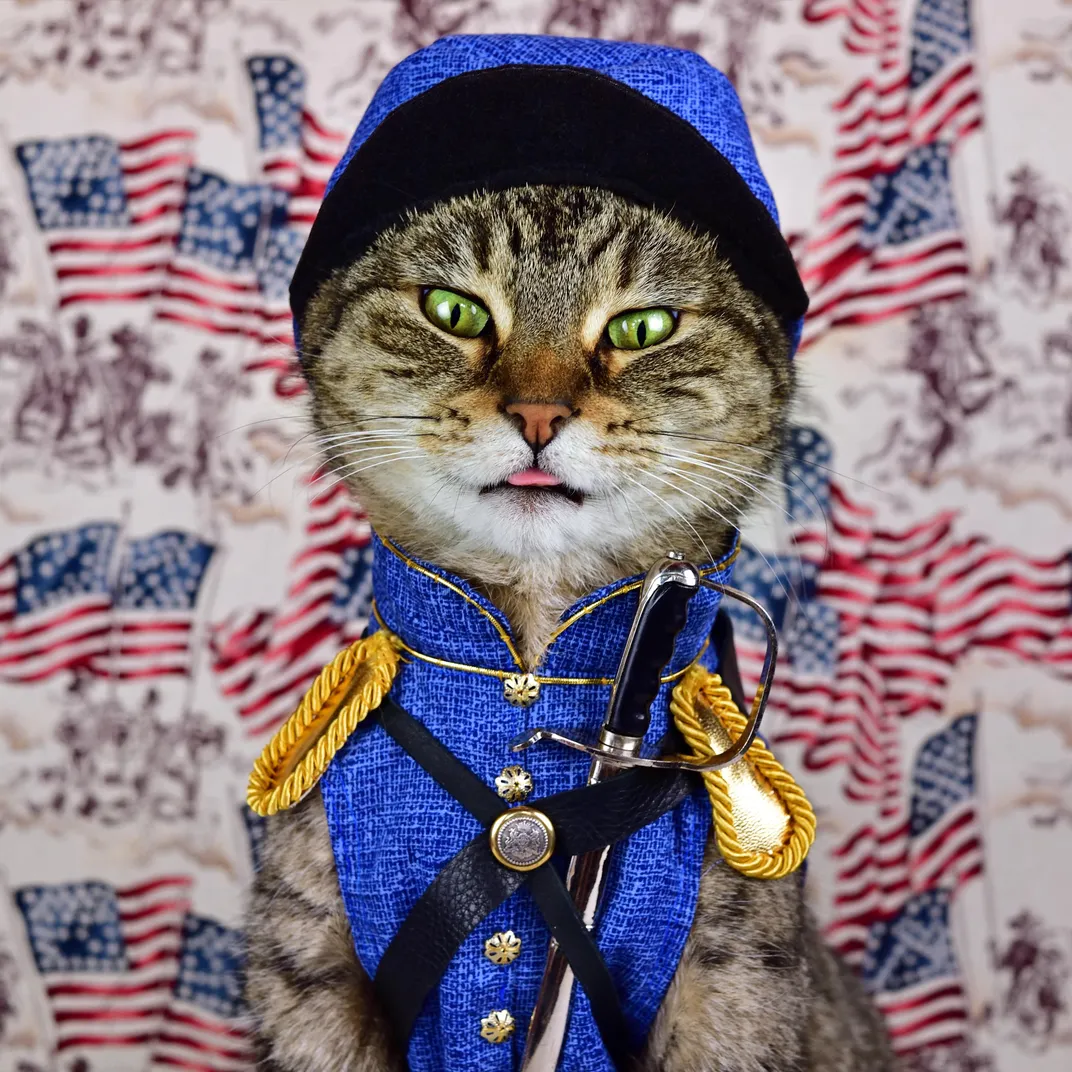
In the early 1800s, cats became a common sight in U.S. Army commissary storehouses, with each cat receiving an annual budget of $18.25 for their upkeep on army premises. Paul Koudounaris’ book, A Cat’s Tale, is not just any book. Instead, it represents his affection and bond with his feline companion, Baba. The book covers the history of cats, cosplay, and serves as a tribute to all the cats in our lives. To bring the book to fruition, Koudounaris took two significant approaches. Firstly, he designed suitable costumes for Baba. Secondly, he researched through archives, libraries, and other sources to compile an all-inclusive history of cats and their role in human society. Fashioning the perfect outfit was the most difficult aspect of the whole photography process. Koudounaris scoured eBay, flea markets, and vintage doll meetups to find the appropriate articles of clothing. Additionally, he hired a friend, Desirae Hepp, to help create some of the more intricate and complex costumes. Regardless of the elaborate wardrobe, it was surprisingly easy to dress up Baba and get her to pose for the camera, with her nailing the perfect look and expression on the first shot in about 99% of the photoshoots.
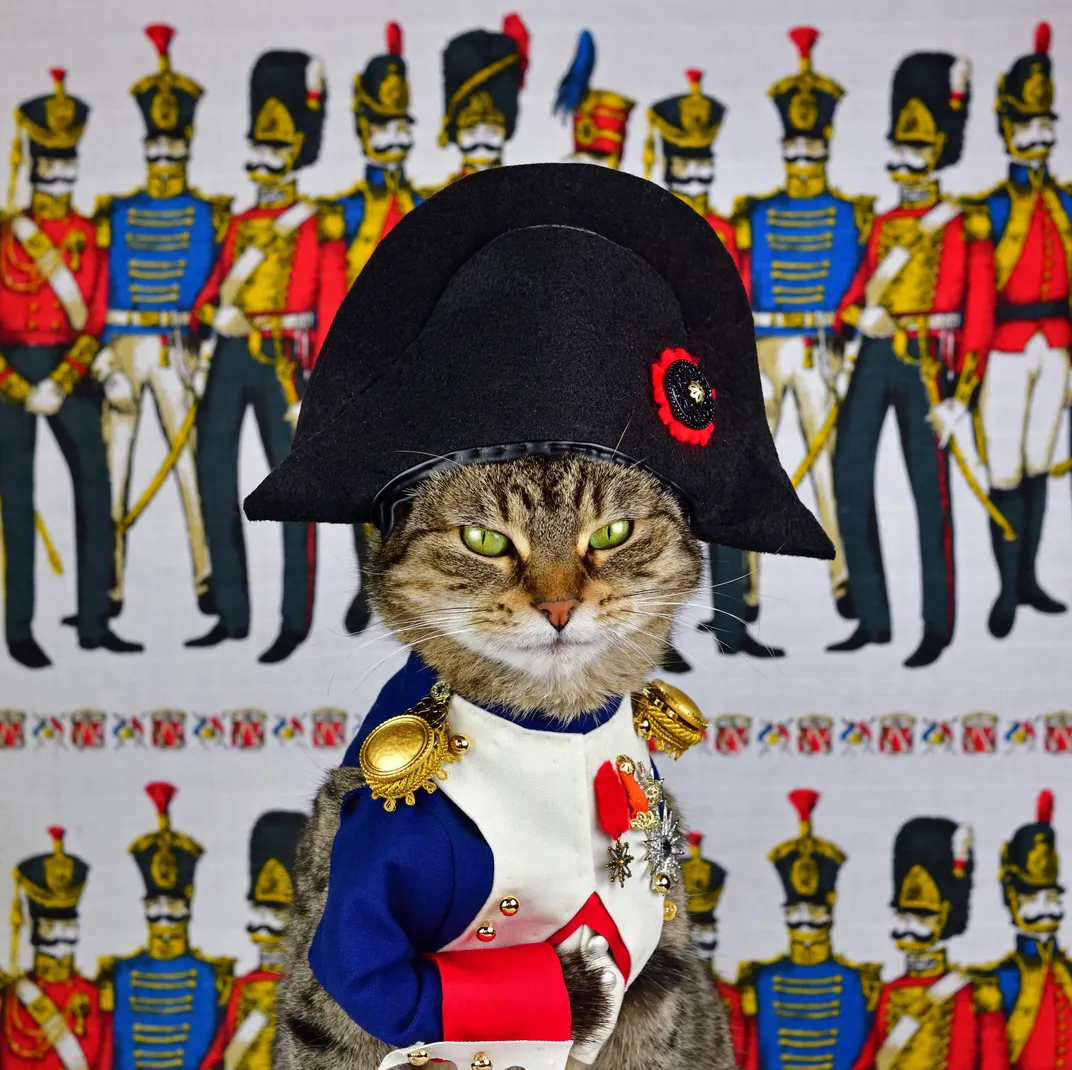
Napoleon Bonaparte had a dislike for cats and once stated that dogs and cats display varying levels of loyalty. He was against the idea of using cats for catching rats on the streets of Paris and instead chose to use poison, which resulted in illness for both humans and rodents alike. This information was shared by Paul Koudounaris.
/https://tf-cmsv2-smithsonianmag-media.s3.amazonaws.com/filer/11/2c/112cfb7f-d73f-40d6-afab-7e05be7c7b73/andy_warhol_ch_6.jpg)
Andy Warhol, the renowned Pop Art creator, had a great fondness for cats and would often own up to 25 Siamese cats at a time. He even named one of them Sam, which was an exception to his usual naming conventions. Before he became famous, Warhol published a book of cat lithographs back in 1954, which is now worth tens of thousands of dollars. Paul Koudounaris went on a quest to explore various places around the world, including Wisconsin, Massachusetts, France, and New Zealand, and was amazed by the fascinating stories he discovered about cats. He delved into the history of Maneki-Neko, the Japanese cat that inspired the popular raised-paw good luck cat in Tokyo. Koudounaris also uncovered the tale of Room 8, a grey tabby that served as a school’s mascot in Los Angeles for 16 years, receiving hundreds of fan letters, TV specials, and even a biography. One of Koudounaris’ favorite discoveries was the Puss’n Boots Award, a lost prize given to black cat Clementine Jones by a California cat food company in the 1950s and 1960s. Clementine walked from Dunkirk, New York, to Aurora, Colorado, in search of her human family, sporting a single paw with seven toes that made her unique. This award changed the way Americans saw cats, no longer viewing them as second-rate pets to dogs. Today, cats have become pop culture icons and beloved pets, but Koudounaris believes there is still so much more to learn about them. He encourages readers to cherish their own cats and discover history through their fascinating stories.
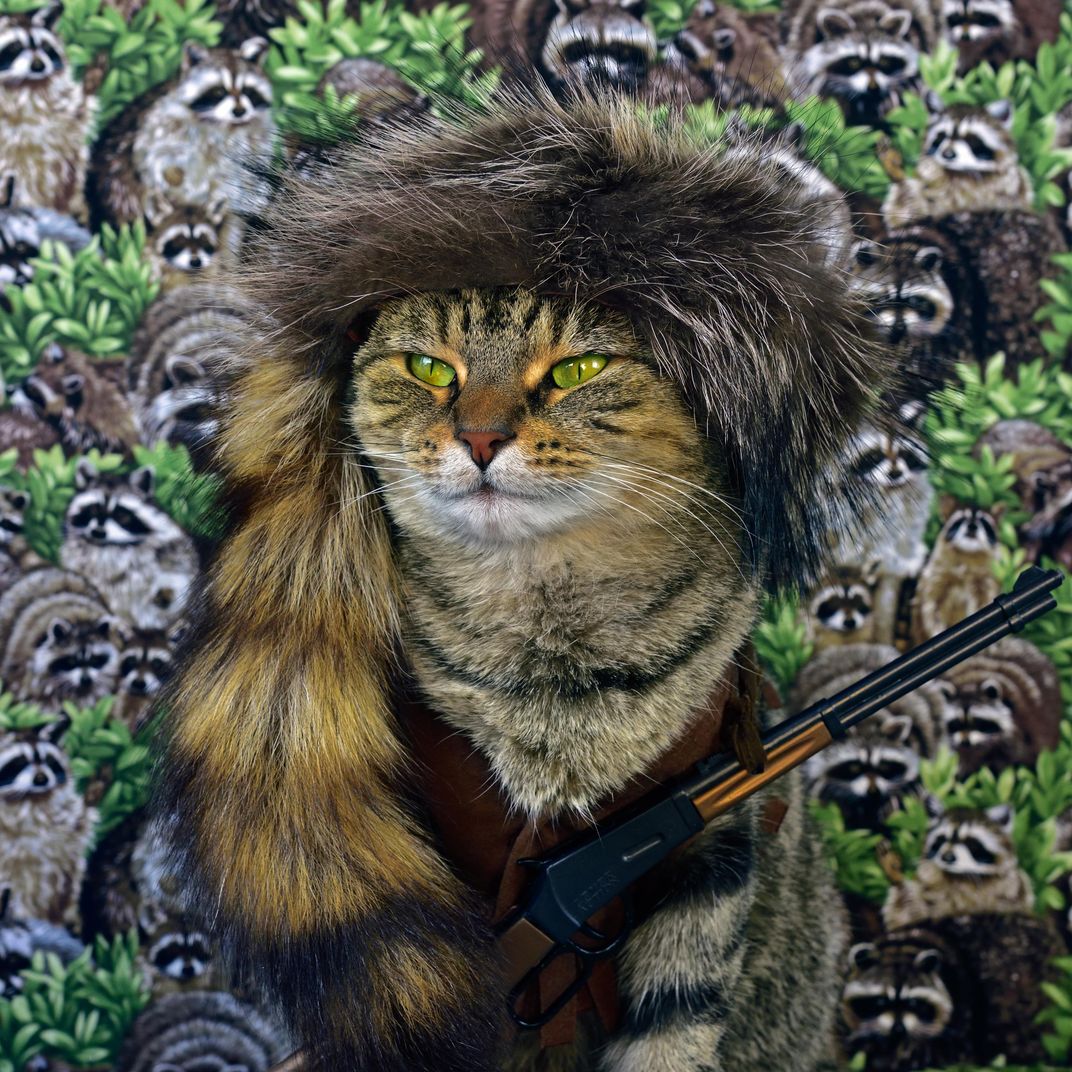
In the days of the American frontier, cats were a rare commodity that many sought after. Resourceful entrepreneurs in the Midwest made huge profits by buying them in bulk and shipping them to the Dakotas. In fact, during the 1880s, a cat from Arizona could fetch up to $10, which was a significant sum back then. Interestingly, in Alaska, cats were so valuable that they were traded for their weight in gold. This intriguing bit of information was revealed by Paul Koudounaris.
/https://tf-cmsv2-smithsonianmag-media.s3.amazonaws.com/filer/9d/e2/9de20442-cd60-48c0-8f8f-5e816b374c04/parisian_lady_ch_5.jpg)
In France during the 17th century, cats gained popularity among women in the court as their chosen companions instead of lapdogs. Princess Elizabeth Charlotte, wife of Philippe I, Duke of Orléans, even declared cats to be the most charming creatures on earth. This change in preference from lapdogs was a significant shift for the upper class. Nowadays, owning cats as pets is still popular, with many people finding them enjoyable and amusing companions.
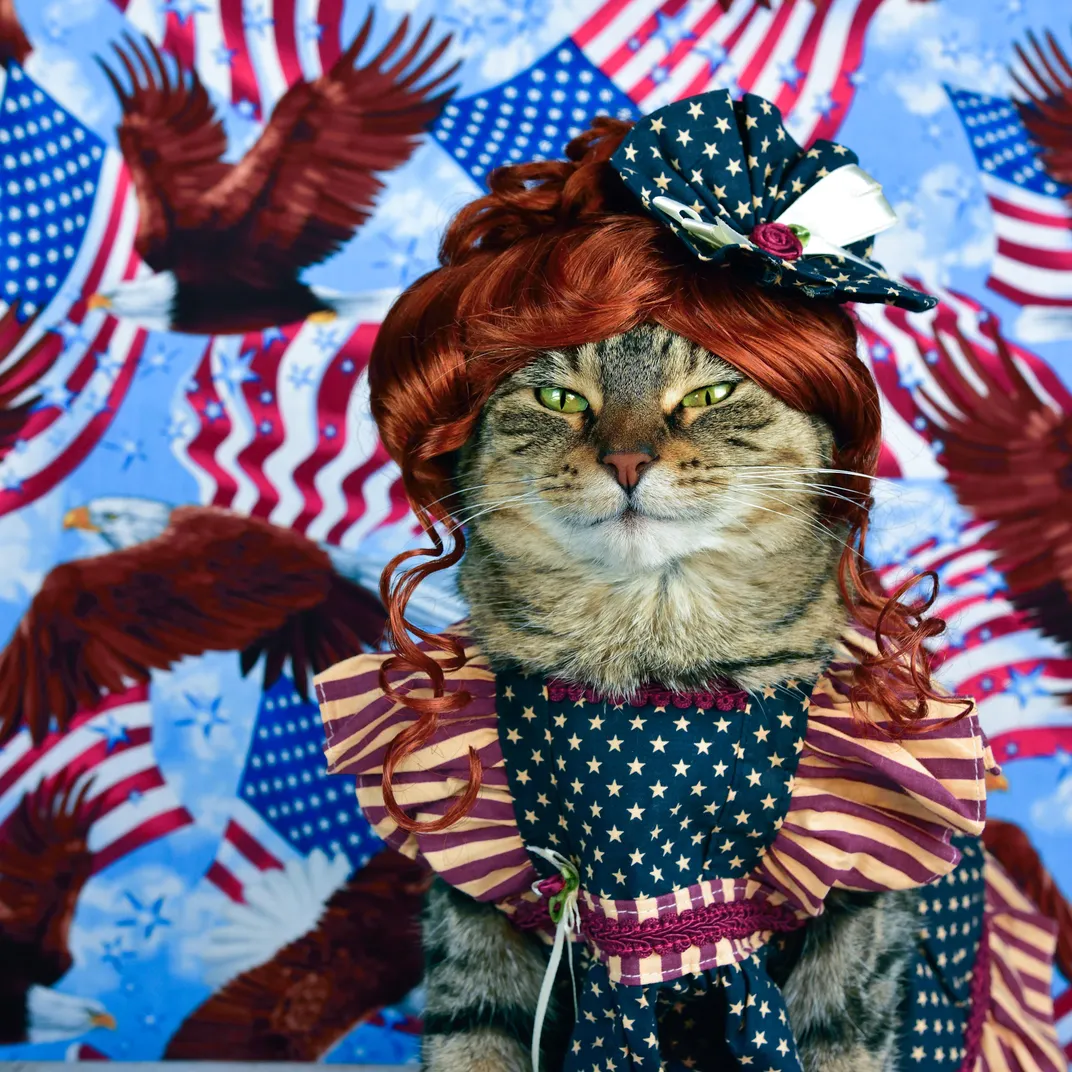
Following the American Revolution, the United States was the first country to provide funds for cats. This budget was specifically assigned to postal cats, whose primary responsibility was to manage the population of mice. The cities received varying amounts of money based on the quantity of mail they processed, with an average of $1,000 annually.

After the conclusion of the American Revolution, the United States took a unique step in its budget allocation by providing funding for cats. These feline friends were employed as postal cats and were given an annual budget of approximately $1,000. Their main task was to keep the population of mice in check. The allotment of funds was determined by the mail volume of each city.


